Friday, March 15, 2019
SANTA ANITA
With spring just around the corner and the Thoroughbred racing season set to kick-start into high gear with major Triple Crown preps spicing up the weekends, the Thoroughbred industry must tap the brakes and focus instead on a crisis—the closing of Santa Anita Park due to a rash of breakdowns over the past two-and-a-half months.
When national media focus their spotlight upon an industry mainly during adversity and disaster, and when that industry provides ammunition to those working to shut it down, the precarious position in which racing finds itself becomes fearfully evident. And that position is greatly exacerbated because this industry insists on having no central spokesperson to respond to a difficult situation by saliently getting its point of view out to the arena of public opinion.
Call it a Perfect Storm.
The deaths of 21 horses must be accounted for. Necropsies might provide some of the answers; we, as an industry, must search for others.
The Thoroughbred world has actually done a good job of enhancing safety in the aftermath of Eight Belles, Barbaro, and the Aqueduct mess of 2011-12. There have been improvements in safety gear, both in padding the starting gate and in jockey helmets and vests; high-tech equipment is now utilized to improve racetrack surfaces; vets in most jurisdictions check in-today horses; and purses reflect class level. On-track fatalities have been trending downward for the past several years. But there are anomalies, and when horse fatalities cluster, we have learned that the problems are multi-factorial.
The bad news for Santa Anita and other venues that may face a spike in fatalities is there is no magic bullet that guarantees safety tomorrow and beyond, which is why vigilance is so important.
Some factors are out of any management’s control.
Certainly Mother Nature has turned a cold shoulder to and cried on Southern California incessantly over the past year, an unusual weather pattern for that part of the country. A racetrack whose condition moves from sloppy to muddy to sealed to fast is bound to be less consistent for athletes and likely to have compositional changes. The last four fatalities at Santa Anita occurred to horses that last raced over a sloppy surface there. Six additional fatalities came after horses raced over turf other than firm and dirt other than fast.
Additionally, the racing circuit has changed drastically with the demise of Hollywood Park. Santa Anita has gone from a six-month-per-year host site to one that runs nine months a year. Unlike in Florida, where many horses are lodged and work at training centers and ship to tracks to race, Santa Anita’s 1,800 equine athletes and 100 working ponies are on the racetrack pretty much every day. Hundreds get timed works on any given morning, compared to dozens in Florida. The traffic is every bit as bad at Santa Anita as on the area’s freeways.
Too, medications that continue to be legal are used to mask pain and soreness, particularly before workouts. Nine of Santa Anita’s 21 fatal injuries occurred during training hours.
In a Friday afternoon release, The Stronach Group, which owns and operates Santa Anita, announced enhanced safety protocols, a positive step that also served to help quell the public-relations disaster of the previous two weeks. But management must do some internal examination as well. When key personnel depart—as they have recently from Santa Anita—they leave a void. That, along with management’s philosophy of running more races—giving rise to pressure to find enough horses to run in them—is not conducive to decreasing equine injuries.
Santa Anita is one of the jewels of North American racing. It is a linchpin, and we cannot afford for it to be diminished, or worse, disappear. The solution, like the problems behind equine fatalities, is multi-factorial, and Santa Anita needs to find its proper footing, for the good of its horses and the entire industry.
Subscribe to:
Post Comments (Atom)






.jpg)



_(2).jpg)
.jpg)
.jpg)
.jpg)
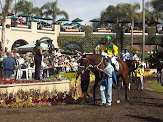.jpg)
.jpg)











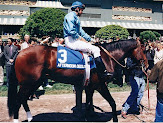




















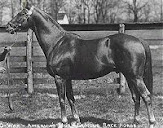









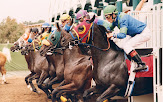






























.jpg)










.jpg)
.jpg)
_(2).jpg)
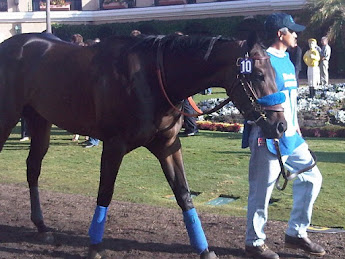.jpg)
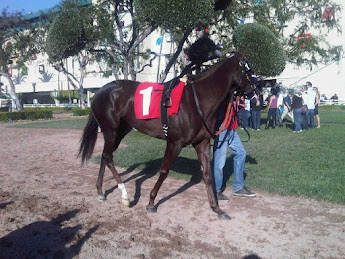(2).jpg)
.jpg)


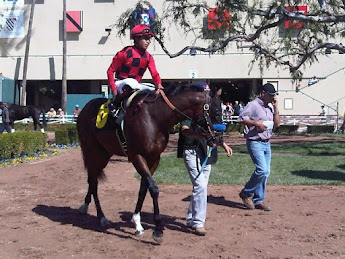.jpg)
.jpg)
.jpg)
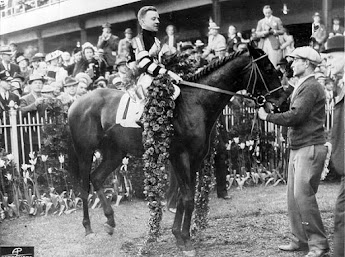


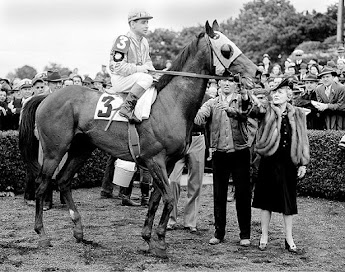


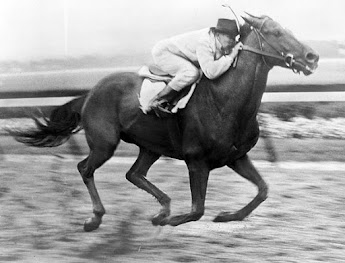


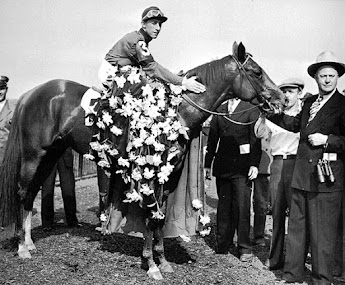


.jpg)
.jpg)

![Validate my Atom 1.0 feed [Valid Atom 1.0]](valid-atom.png)













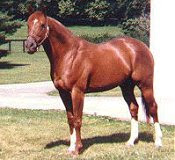

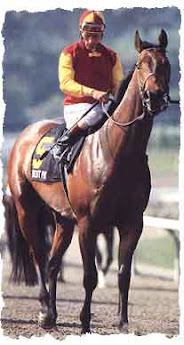

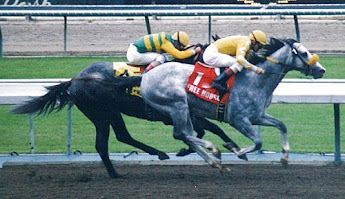



No comments:
Post a Comment
Note: Only a member of this blog may post a comment.